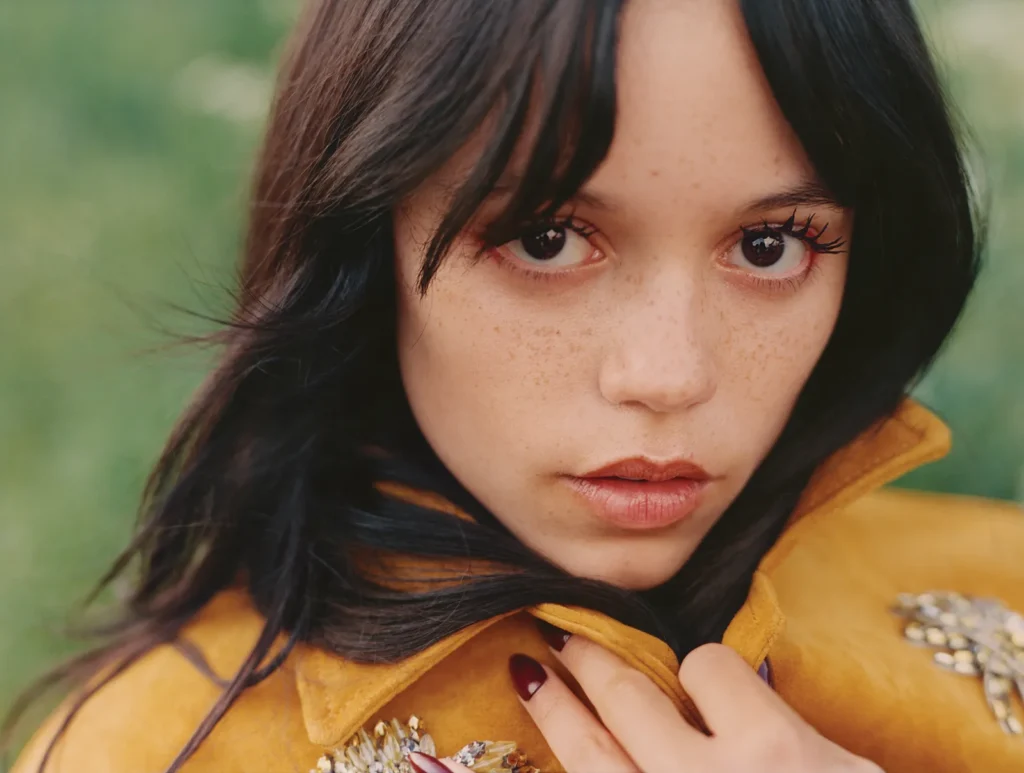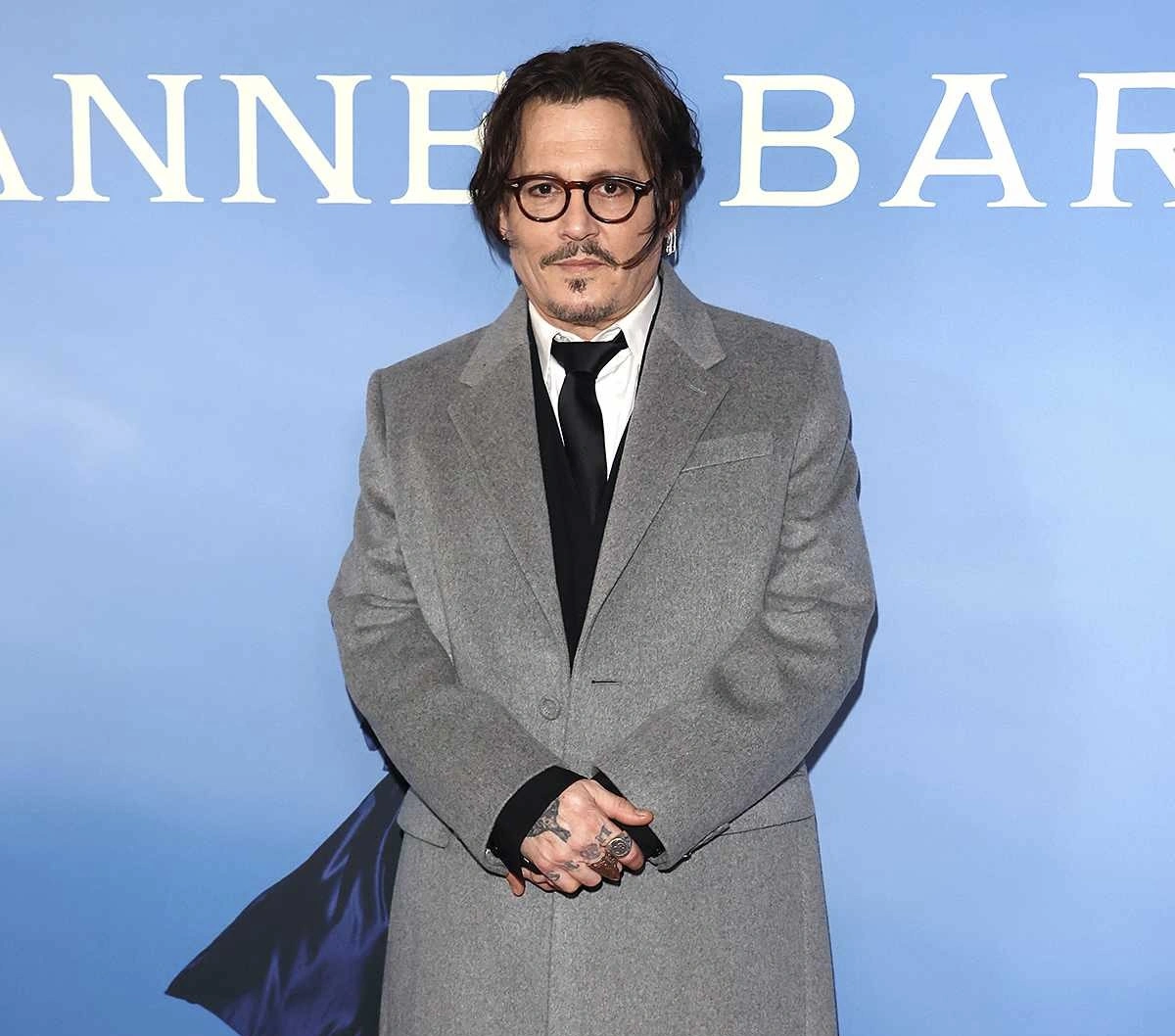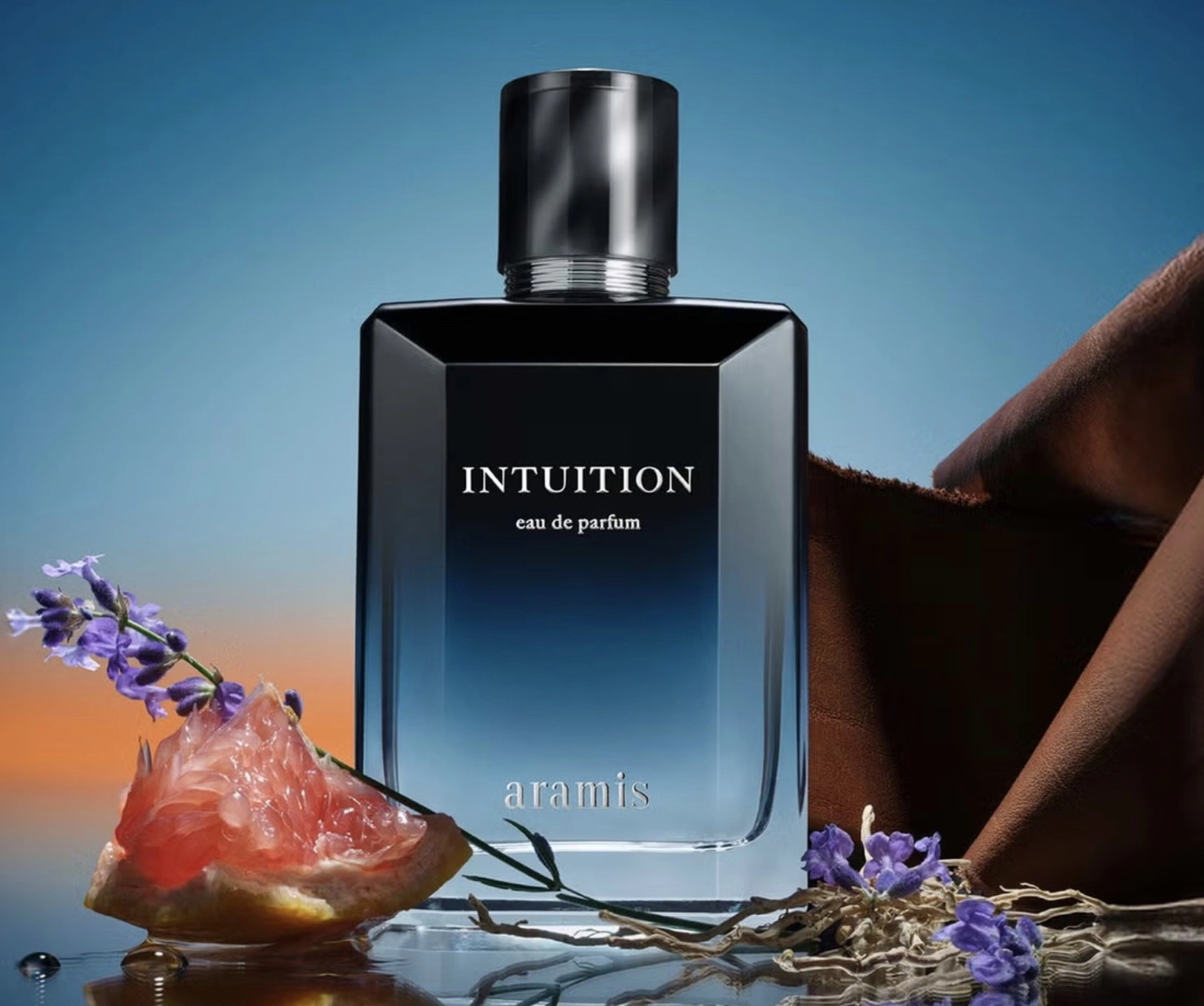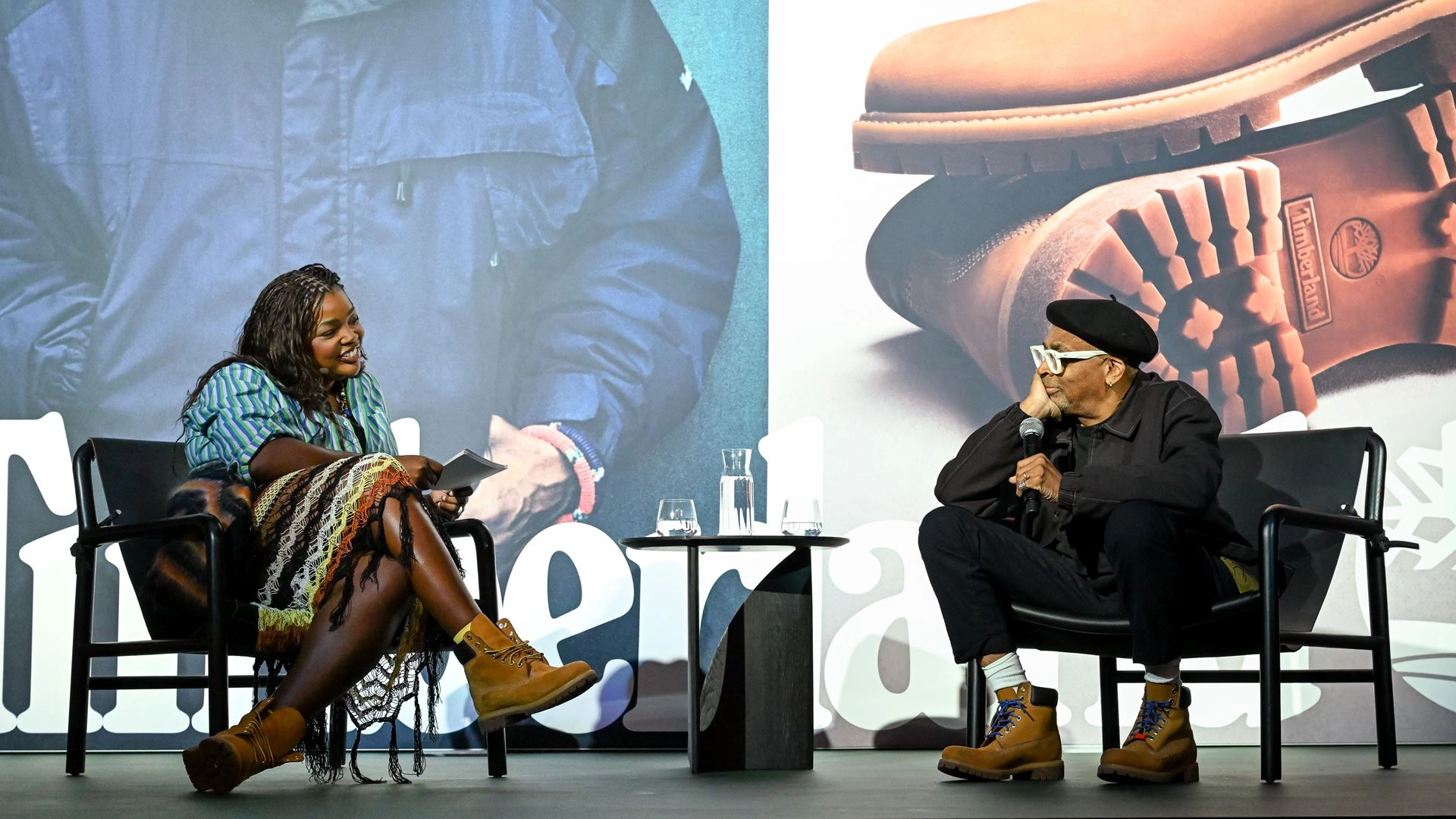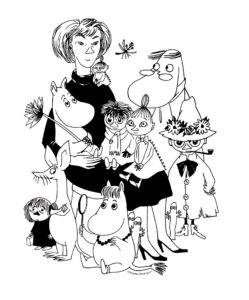In a time when the entertainment industry is grappling with representation, diversity, and inclusion, actress Jenna Ortega’s recent comments have ignited a significant conversation about the nature of progress in gender dynamics within Hollywood. Ortega, known for her roles in shows like “Wednesday” and “You”, expressed her dissatisfaction with the trend of creating female-led spinoffs of traditionally male-dominated franchises. Specifically, she mentioned that she wouldn’t want to see a gender-swapped version of iconic characters like James Bond, emphasizing that this form of representation doesn’t constitute real progress. Her remarks challenge Hollywood’s approach to gender representation and pose critical questions about what true gender parity in media looks like.
The Appeal of Gender-Swapped Franchises
In recent years, there has been a noticeable rise in the trend of gender-swapped spinoffs. Examples include “Ghostbusters” (2016), which featured an all-female cast, “Ocean’s 8” (2018), which reimagined the all-male heist crew from “Ocean’s 11” as women, and discussions around a potential female James Bond. These efforts are part of a broader push within the entertainment industry to increase the visibility of women in leading roles, particularly in genres like action, thriller, and science fiction, which have historically been dominated by men.
The appeal of these gender-swapped films is clear—they offer opportunities for female actors to take on roles that have traditionally been reserved for their male counterparts, and they provide audiences with the chance to see iconic stories told through a different lens. At a surface level, this seems to address gender imbalance, as women are placed in central, heroic roles. Moreover, the shift can serve as a statement of equality, symbolizing that women are just as capable as men in embodying characters of action, wit, and power.
However, as Ortega pointed out, the problem with this approach is that it is often superficial, merely grafting female leads onto stories originally written for men. This kind of “gender-swapping” can feel more like a marketing gimmick or a shallow attempt at inclusion, rather than an authentic investment in telling stories that resonate with and reflect women’s experiences.
Jenna Ortega’s Criticism: The Limitations of Female Spinoffs
Ortega’s critique highlights a fundamental issue with the trend of gender-swapped franchises: while they may offer temporary visibility, they don’t necessarily advance the representation of women in a meaningful way. For example, Ortega used the hypothetical example of a “Jamie Bond” movie, a female version of the iconic James Bond franchise. She expressed her lack of interest in seeing a female Bond because she doesn’t want to see women simply taking on roles created for men. Her point underscores that true gender representation is not about swapping the gender of a character and calling it progress; rather, it’s about creating new, original stories that are designed with women in mind from the outset.
This criticism echoes a broader sentiment that representation isn’t just about putting women in existing male roles—it’s about shifting the narrative to create roles and stories that are reflective of female experiences, agency, and complexity. James Bond, for instance, is a character who has been constructed around certain archetypal masculine ideals: suave, cold, dominant, and hypersexual. Simply changing the gender of the character wouldn’t address the underlying issues of those archetypes, nor would it give female viewers a more meaningful or authentic connection to the story.
The Dangers of Superficial Representation
Ortega’s remarks bring to light the dangers of superficial representation, where gender-swapping becomes a quick fix that fails to address the deeper issues of gender inequality in media. While a female James Bond may be visually different from the traditional male Bond, it doesn’t fundamentally challenge or expand our understanding of what women in media can be. Instead, it often reinforces existing patriarchal frameworks by suggesting that women can only be seen as “empowered” if they take on traditionally masculine roles.
Moreover, such spinoffs tend to center the original male narrative even when the protagonist is female. For instance, in “Ghostbusters” (2016) and “Ocean’s 8” (2018), the female characters are introduced in a context that is still shaped by the male-driven original narratives. These films often rely on a sense of novelty—the idea that it’s refreshing or unexpected to see women in roles typically played by men—rather than focusing on developing rich, complex, and unique stories for female characters.
This is where superficial representation becomes limiting. If we are to achieve real gender parity in media, we must go beyond merely inserting women into roles historically written for men. Instead, we need stories that are created from the ground up with women’s voices, perspectives, and experiences in mind.
Genuine Progress: Creating New Narratives
Ortega’s call for new narratives is critical. Rather than relying on gender-swapped versions of male-dominated franchises, Hollywood needs to invest in original stories that prioritize female characters from the beginning. This means creating female protagonists who are not simply a response to male archetypes but are independent, multidimensional characters with their own distinct arcs.
For instance, instead of creating a female James Bond, why not create a new franchise centered around a female spy with her own unique backstory, motivations, and challenges? Rather than trying to fit women into pre-existing male frameworks, we should be working toward creating a broader range of narratives that reflect the diversity of women’s experiences.
Moreover, these new narratives should not be limited to specific genres. While it’s important to have female representation in traditionally male-dominated genres like action, science fiction, and thrillers, we should also be investing in stories that span all genres—romance, drama, horror, comedy, and beyond. Women’s stories should not be confined to a single mold or genre, but should reflect the full spectrum of human experience.
Redefining Female Empowerment
At the heart of Ortega’s critique is a broader question about what female empowerment in media truly looks like. For too long, Hollywood has equated empowerment with placing women in roles that were originally written for men. However, empowerment should be about more than just physical strength or the ability to perform traditionally masculine tasks; it should also encompass emotional depth, complexity, vulnerability, and growth.
Female characters should be given the space to be fully realized individuals, with their own desires, flaws, and contradictions. They should be allowed to be vulnerable, to make mistakes, and to grow over the course of their stories. Empowerment doesn’t mean that women need to be perfect or invincible; it means giving them the freedom to be human.
In addition to creating new narratives, Hollywood needs to prioritize diversity within its portrayal of women. Female characters should not all fit into the same mold of strength or empowerment; rather, there should be room for a wide range of personalities, backgrounds, and experiences. Representation should reflect the complexity of real women’s lives, rather than reducing them to one-dimensional stereotypes.
Moving Beyond the Gimmick
The tendency to create female spinoffs of male franchises also raises questions about Hollywood’s commitment to gender equality. Too often, these gender-swapped films feel like marketing gimmicks, designed to capitalize on the growing demand for diversity and inclusion without making any substantial changes to the industry’s approach to storytelling.
True progress in gender representation will require more than just surface-level changes. Hollywood needs to invest in female creators—writers, directors, producers, and executives—who can bring their own perspectives and experiences to the table. By creating opportunities for women behind the scenes, the industry can start to produce more authentic and meaningful portrayals of women on screen.
Additionally, Hollywood must recognize that representation is not a one-size-fits-all solution. Different women experience the world in different ways, and their stories deserve to be told in all their complexity. Rather than relying on the novelty of gender-swapped roles, the industry should be striving to tell stories that reflect the full range of women’s lives.
Reimagining Gender Representation
Jenna Ortega’s critique of female spinoffs challenges the entertainment industry to think more deeply about what true gender representation looks like. While gender-swapped franchises may offer short-term visibility, they often fail to address the underlying issues of representation and equality. True progress requires more than simply placing women in roles traditionally held by men—it requires the creation of new, original stories that center women’s experiences, perspectives, and voices.
If Hollywood is serious about achieving gender parity, it must move beyond the gimmick of gender-swapping and invest in storytelling that reflects the diversity and complexity of women’s lives. Only by creating space for authentic, multidimensional female characters can we begin to see real progress in representation.
No comments yet.

